There are more tent options available than ever, so where should you start?
We’ve all got our favourite brands, and regular campers will be aware of some of the features that set aside the premium brands, but that doesn’t make choosing a new tent any easier, and it’s even harder if you’re new to camping.
So, if you’re purchasing your first tent, or looking to upgrade, we’ve outlined some of the things you’re going to need to factor into your decision making process.
A ‘weekend’ tent is often smaller and quicker to put up
1) How often will you be using the tent?
If you’re only going to be using your tent for a couple of weekends each summer, you really don’t need to spend a lot.
For instance, by settling for a lower waterproof rating and forgoing a sewn in groundsheet, you’ll find a small budget (£150 or less) will be sufficient.
If you intend on using your tent in all seasons and will be going on multiple trips, you’re going to want to invest in something that bit sturdier and should be looking for a waterproof rating of 4000mm and sewn in groundsheets.
You might also want to consider a canvas or polycotton tent which can be better at regulating the internal temperature.
Consider too that canvas Bell tents and Tipi tents can be used with a wood burning stove; making them great choices for winter camping.
If you’re camping in autumn or winter you’ll want to choose a tent that’s up to the job
2) Will the new tent be used in bad weather?
For cold weather camping, you’ll want to ensure you have a sewn in ground sheet and as well as a high level of waterproofing. You may also want to consider choosing a tent that’s fast to put up, as pitching in bad weather can be an ordeal, so the quicker you can get set up the better.
A tent show is a great place to see tents and compare them before you buy
3) How long do you want to spend on set up?
If you’ve got very young miniature people with you, or if you’ll be making frequent short camping trips you won’t want to be spending hours getting the tent up.
As a general rule, the more poles, porches or extensions your tent has, the longer it will take to get set up.
For speed, popup tents and ridge tents are best, but they are generally small and not suitable for family camping.
Consider instead an inflatable tent or bell tent, both of which pitch more quickly than regular pole tents.
Our Inflatable Airbeam tent goes up in about 15 minutes
4) How many people will be sleeping in the tent?
We always advise you choose a bigger tent than you really need if you’re car camping with the family.
Check out the internal configuration as some will have one large sleeping compartment, others may provide the option of a dividing curtain, others have completely separate sleeping pods at either end of the tent, which is often better for families with teens who want a degree of privacy.
Consider head height of the tent too. A tent you can stand up in makes life SO much easier and will make the tent feel generally more spacious.
We always go for a tent that sleeps more people than will use it
5) How big is your budget?
This determines the brand, style and size of tent you can go for. Narrow your choice down by deciding on your budget first, and set realistic expectations.
Have a look at what’s available in your price range, and take a look at some of the European tent brands available on Amazon.
Brands like Skandika offer excellent value for money, but aren’t widely known in the UK.
A small 2 man ridge tent is ideal for backpacking camping trips
6) How will you transport your tent?
Car camping generally means you can choose a bigger tent, as weight and physical size isn’t so restrictive.
Do be careful when buying a tent online. Pack sizes of some large family tents are enormous, so do check the pack size before you buy especially if you have a small car and no roofbox or trailer.
Consider the type of camping you’re going to be doing too. If you’re planning wild camping or multi day hikes, you’ll need a small and easily carried tent.
Inside a Lotus Belle Tent with plenty of sleeping space for big families
7) How much living space will be needed?
If you’re camping in the UK it’s a good idea to buy a tent that provides a decent sized living area. This will give you somewhere to spend time when it’s raining, and a separate area for adults to use once the kids are tucked up in bed.
Tent Buying Tips
- Buy a tent at the end of the season in the sales, or choose a model that’s a few seasons old if you’re on a tight budget.
- Sign up to online newsletters from camping retailers, and you’ll often get special offers and even voucher codes sent to you.
- Buy a tent that sleeps more than you need it to, the extra space ensures you won’t be living on top of each other.
- Don’t rule out a tent brand on price alone. A new model tent will always command a premium, but find an older model from the same brand, or wait for a sale, and a brand or model you thought you couldn’t afford, may well fall into your price range.
- Do you really need a polycotton or inflatable tent? If you’re on a tight budget, a traditional pole tent may be a more realistic choice.
- Go to a camping show where you’ll be able to see a large selection of tents all set up.
The post How to Choose a Tent – Buyers Guide appeared first on Camping With Style Travel & Adventure Blog.
from
http://www.campingwithstyle.co.uk/how-to-choose-a-tent-buying-guide/

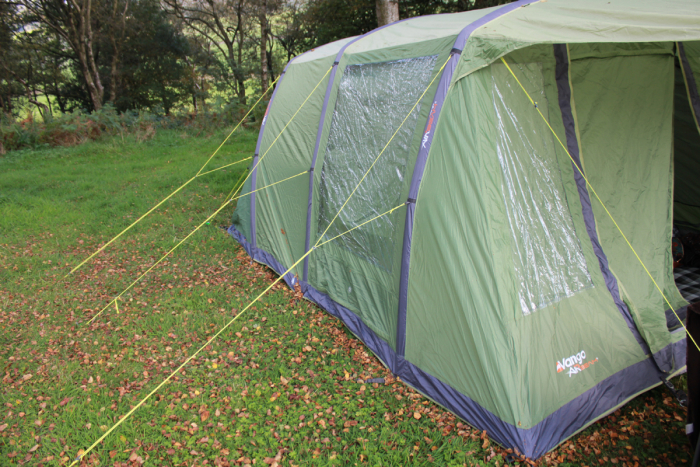
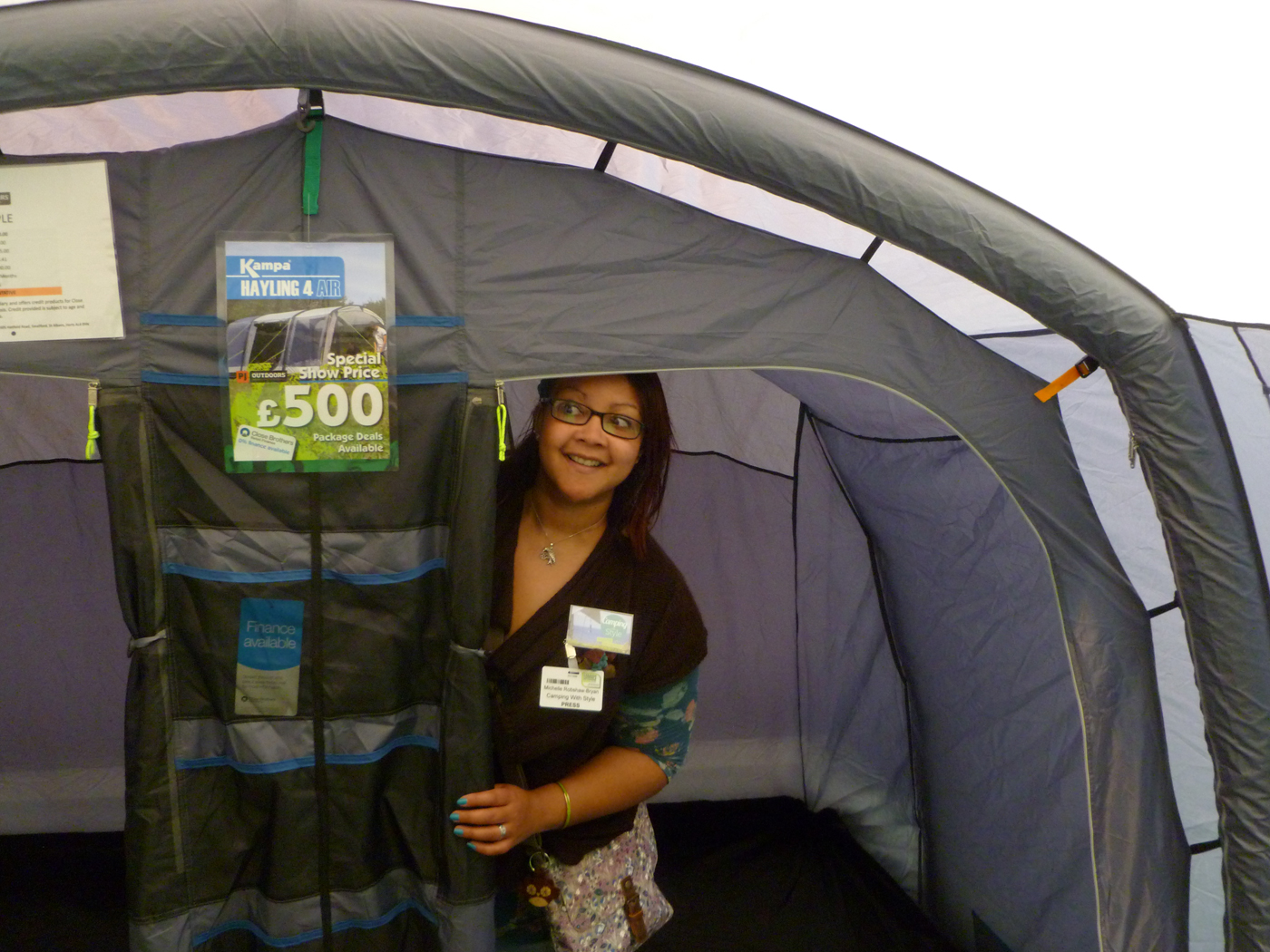
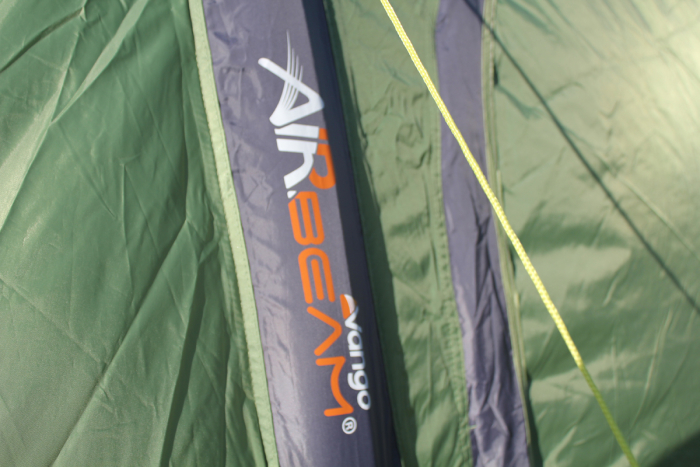
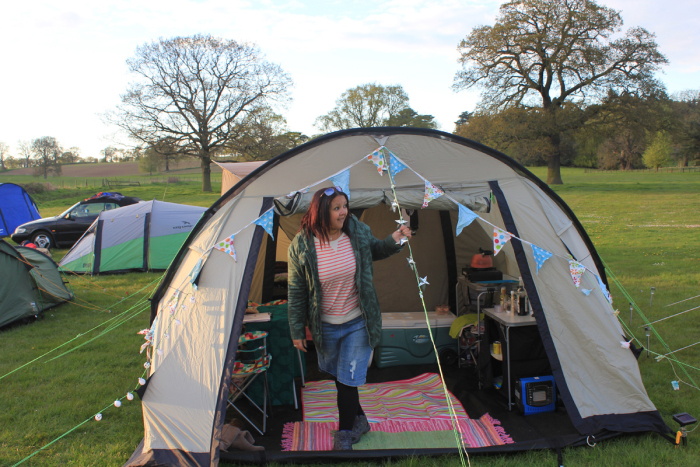

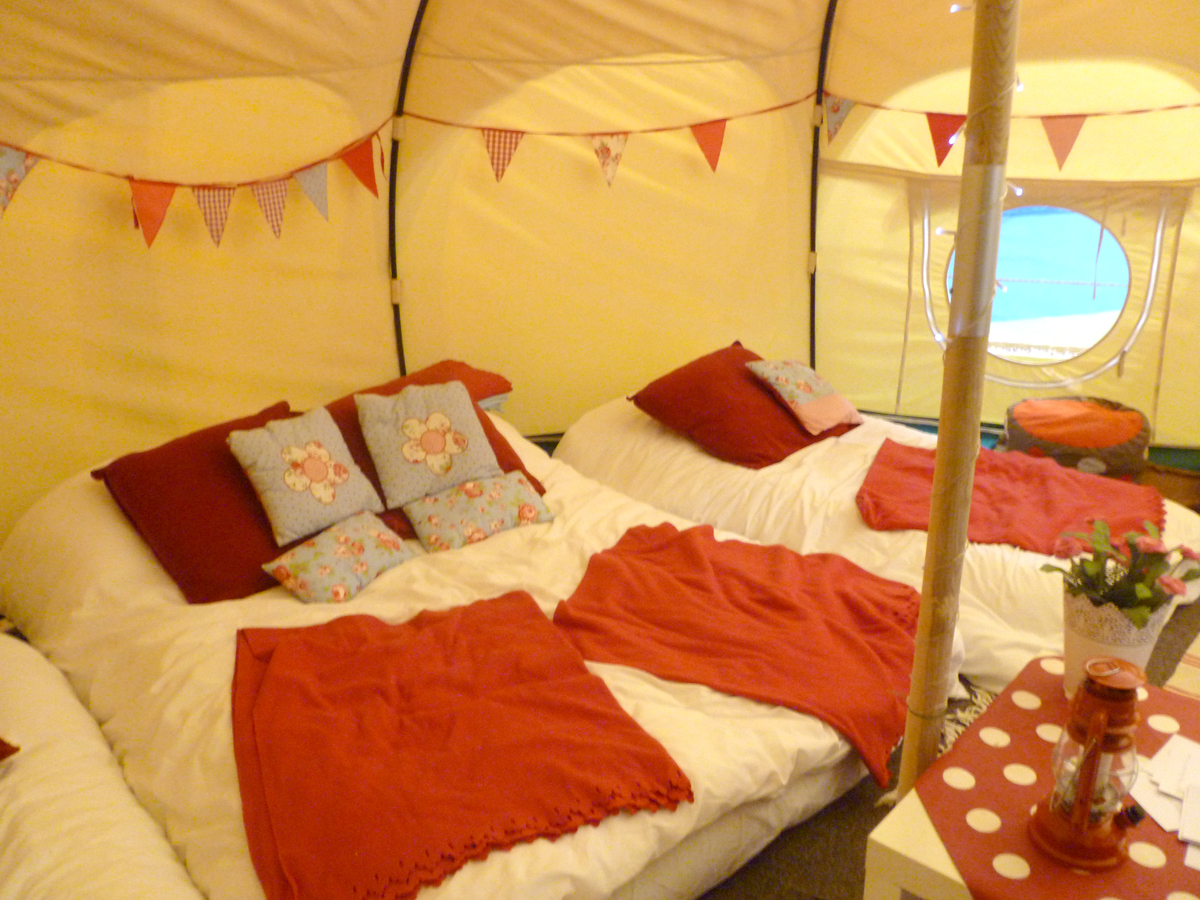
No comments:
Post a Comment